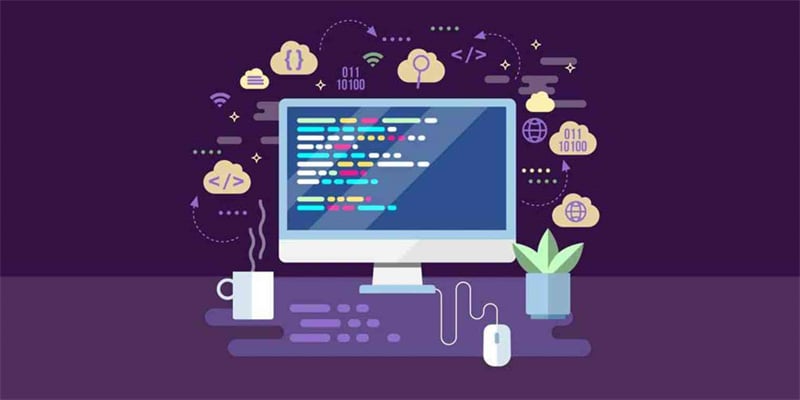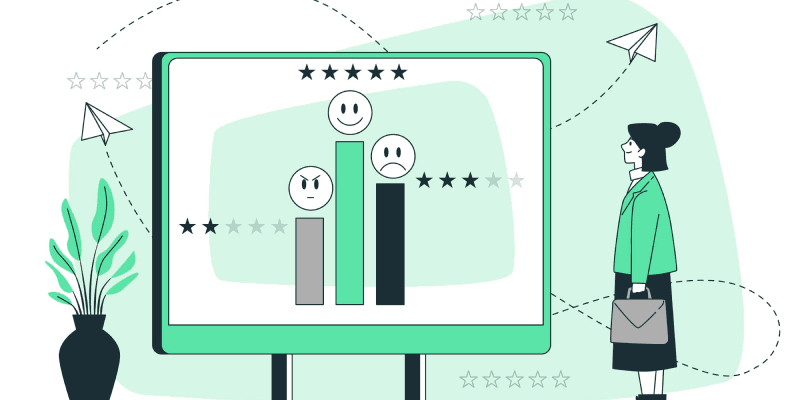Key Customer Success Metrics You Should Track as a SaaS Company

Having in mind that customer success directly affects customer satisfaction, retention, and the general health of the business, it has become apparent that maintaining sustained SaaS growth depends on it. Thus, it’s essential to track the relevant customer success metrics in SaaS and evaluate the impact of customer success initiatives.
The most important KPIs for customer success provide insightful information about user engagement, satisfaction, churn, and the general state of your relationships with customers. Finding out which are the most important metrics to monitor will be of great interest to you if you are aiming for long-lasting client relationships, loyalty, and consistent revenue flow.
Let’s go!
What are Customer Success Metrics?
SaaS customer success metrics are KPIs (Key Performance Metrics) that are used to measure the performance and effectiveness of your company’s customer success strategies. They give you information about the experiences and actions of your customers throughout their individual customer journey, and you can use that data to decide what to do next.
As a result of measuring customer success metrics, you get a clear picture of the state of all customer relationships and the company’s capacity to satisfy their needs and expectations. Moreover, by comparing KPIs and industry-standard metrics, you can become familiar with customer success benchmarks and the ways to achieve them.

SaaS Customer Success Metrics
It’s difficult to define and measure “success” in our everyday lives as the parameters could differ from company to company. For SaaS businesses, there are well-defined metrics that you can track to see how your business positions on the market and whether it can be defined as a successful one.
SaaS growth and sustainability depend on the tracking, evaluation, and improvement of customer success initiatives. Customer success metrics in SaaS like churn rate and customer retention rate show you the percentage of customers who leave your business or choose to stay, while the customer satisfaction score and customer lifetime value help you understand the level of customer satisfaction and the total revenue expectancy.
There are a number of customer success KPIs, but only some of them need to be regularly reviewed and assessed. If you wish to learn how to measure customer success by understanding and assessing crucial customer success KPI metrics, stay with us as we are about to dive deep into the most common and pivotal CS metrics.
Customer Health Score
Customer health score assesses the satisfaction level or health of each customer account. This crucial metric can be found within customer success platforms like Akita, which helps your CS team identify and manage accounts that are at risk of churn or those that are ready for expansion. It involves factors like customer satisfaction, usage and engagement with the SaaS service or product (usage patterns, customer feedback, billing and payment, onboarding completion, etc)
Net Promoter Score (NPS)
NPS is one of those SaaS customer success metrics that any SaaS business should include in its key metrics list. By posing a straightforward question, “How likely are you to recommend this product or company to a friend or colleague?” it gauges customer satisfaction and loyalty. More devoted uses are indicated by a higher NPS score, which runs from -100 to +100.
Customer Churn Rate
CCR represents the percentage of users that have stopped using your services over a specific period of time. Churn rates should be analysed based on customer segments to understand which ones have higher and which have lower churn rates. By doing that you can tailor effective retention strategies, but most importantly, recognize early warning signs by monitoring customer health and engagement. Since keeping current customers, who are primarily responsible for recurring revenue, is usually more cost-effective than acquiring new ones, reducing churn should be your prime goal.
Customer Retention Cost
CRC is a metric associated with the cost of customer retention and serves as an indicator of the efficiency of current customer retention efforts. Take the following factors into account when measuring a customer retention cost – CS team costs, customer support and customer service costs, customer feedback and monitoring tools, retention campaigns, etc.
Customer Satisfaction Score
CSAT measures the level of customer satisfaction with a SaaS service or a product. It’s usually measured via surveys, where the customers rate their satisfaction on a scale. On the following link, you can learn how to calculate CSAT and connections to NPS.
Renewal Rate
The renewal rate is the percentage of customers who renew their subscriptions and extend their relationships with your company at the end of a subscription period. This crucial SaaS metric shows the effectiveness of your ongoing customer retention efforts as well as the general satisfaction and customer experience.
Qualitative Customer Feedback
This is a metric that offers descriptive information about customer experience and perception. Make sure to collect and analyze customer feedback to understand certain pain points and user preferences.
Monthly Recurring Revenue
MRR is an essential financial metric that represents the total predictable revenue that your company expects to obtain on a monthly basis from its customers. It can increase through expanded revenue and new customers’ MRR.
With regular analysis, you can identify growth patterns and evaluate the impact of changes in pricing.
Customer Lifetime Value
CLV calculates the total predicted revenue a company expects to get from a customer over the duration of their relationship with the company. It helps you determine the value that a certain customer brings to your business and serves as a guide for strategic decisions related to retention, acquisition, and business growth.
First Contact Resolution Rate
FCR is also a customer service metric that calculates the percentage of inquiries or customer issues that are resolved during the initial interactions with your customer support or service teams.
Conclusion
Hopefully, we helped you get an answer to the question “How do you measure customer success?” by presenting you with the key customer success KPIs in SaaS and their role in an overall evaluation of business health and customer relationship statuses. By tracking and monitoring customer success metrics in SaaS regularly, you can make informed decisions, refine customer success strategies based on precise data, and continually improve the customer experience by simply giving your customers what they came for. Use Akita to streamline all your customer data into a single platform and get a full overview of each customer by getting detailed reports with insights into customer behaviour and activities.
Frequently Asked Questions
How can my company use customer success metrics for strategic planning?
You can set realistic goals, allocate resources based on identified priorities, and adapt strategies as you go to make sure they align with market trends and customer needs.
How can my company improve the First Contact Resolution Rate?
By enhancing the efficiency of customer support teams. Provide comprehensive training to support agents, create and implement knowledge bases, and leverage automation whenever needed.
Are there industry benchmarks for the given customer success metrics?
Yes! Consider factors like business model, product complexity, and target market when benchmarking to see how your company performs against the benchmarks.
How does the Customer Satisfaction Score differ from the Net Promoter Score?
CSAT measures customer satisfaction based on certain interactions, while NPS provides a broader view of overall loyalty. CSAT focuses on immediate experiences, and NPS reflects long-term sentiment.
Is tracking customer success metrics advisable for SaaS startups?
Sure thing! These metrics help you understand how well your startup is meeting customer needs and fostering engagement. CSAT and churn rate provide insights into customer satisfaction, which is crucial for SaaS startups as satisfied customers are more likely to stick to your software. Also, investors often consider customer success metrics when assessing a startup’s viability and potential. The more positive the metrics, the higher the investor’s confidence!








